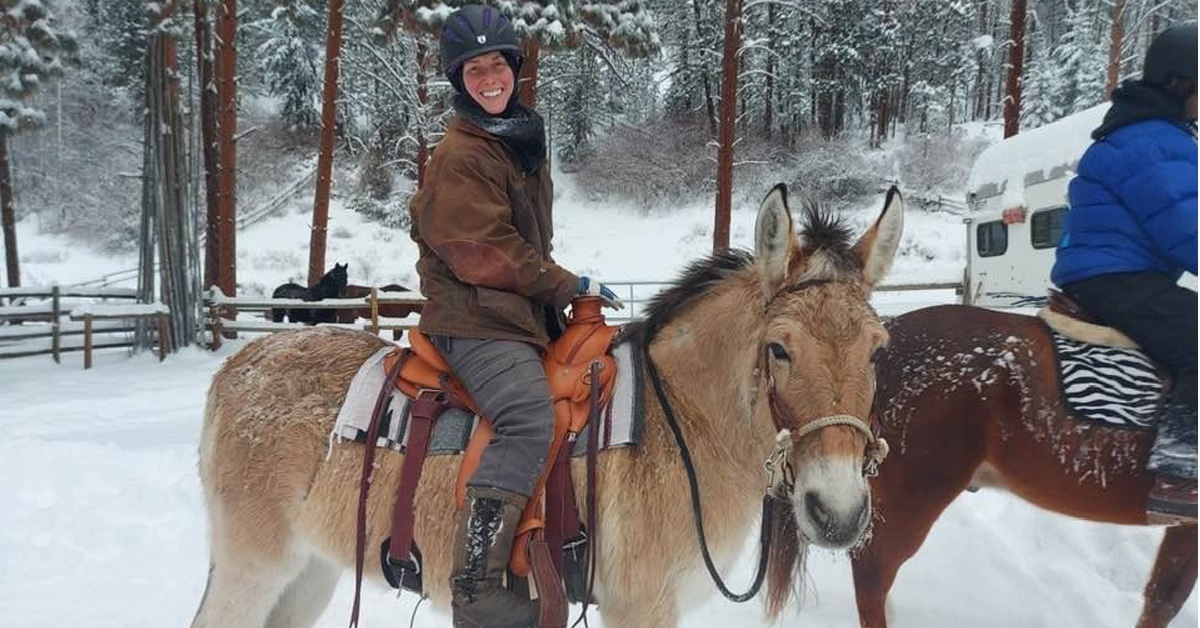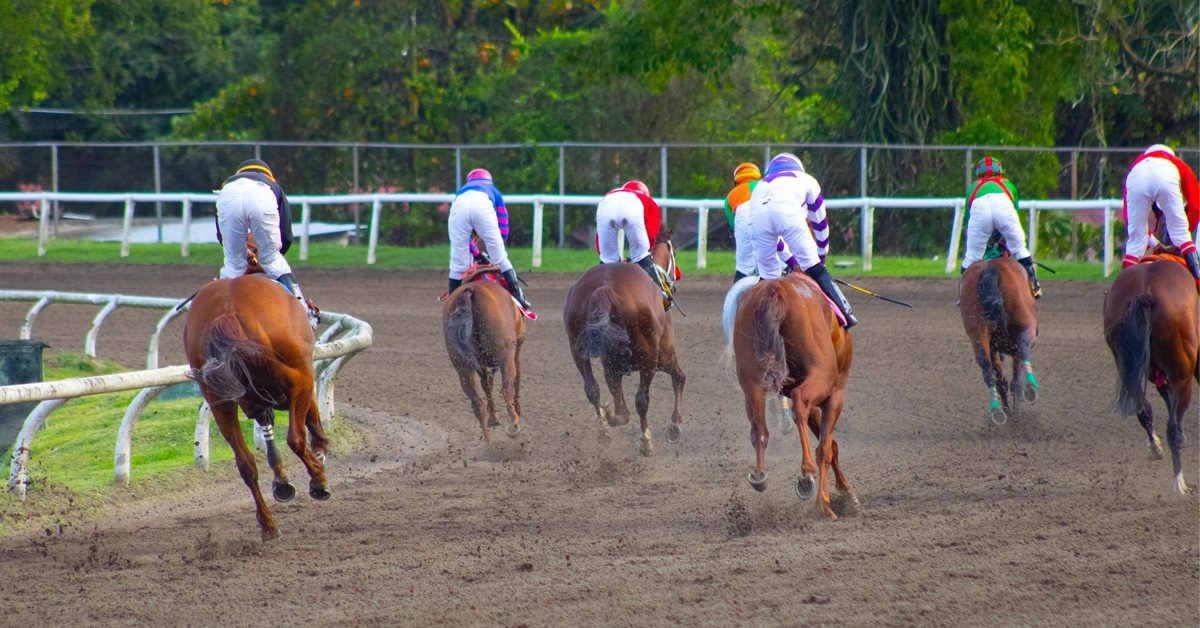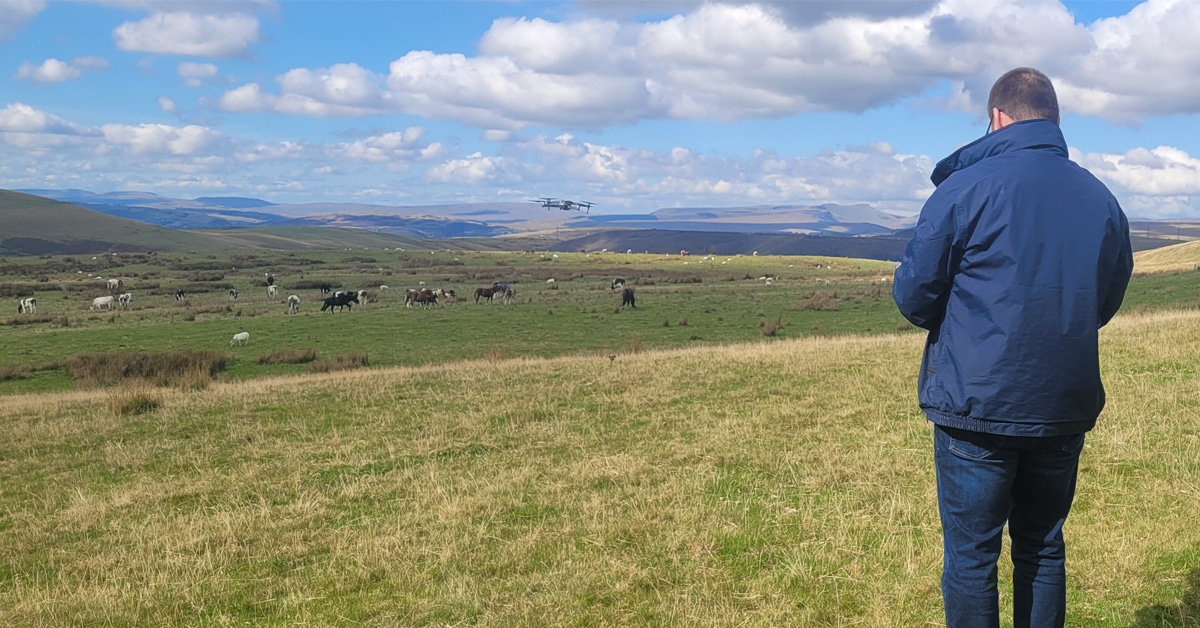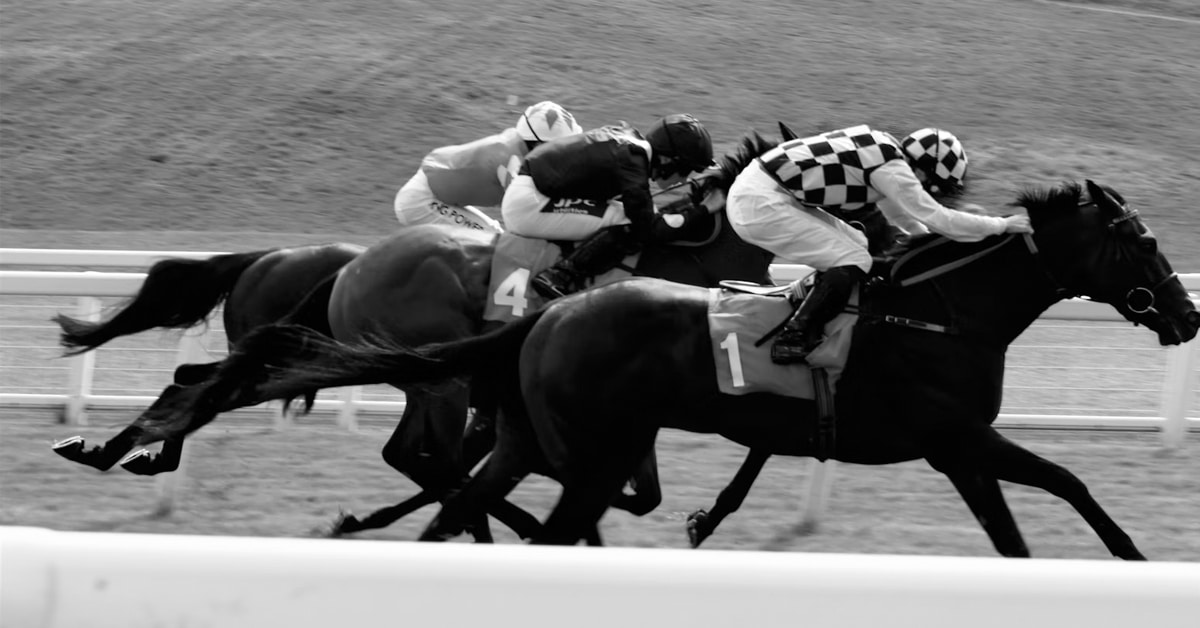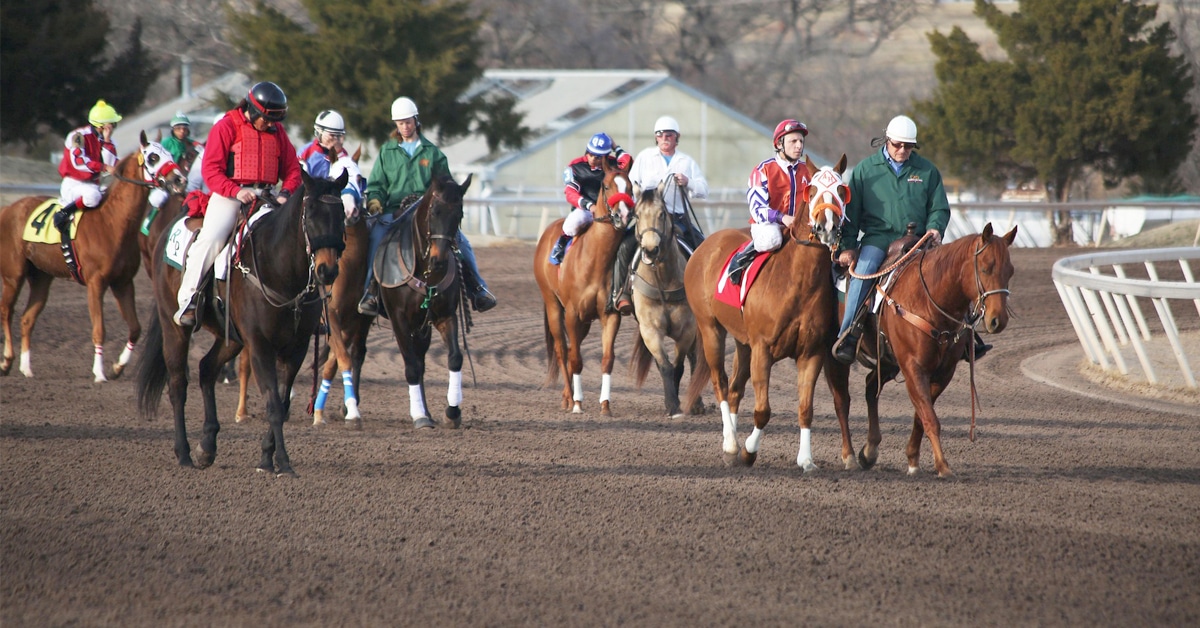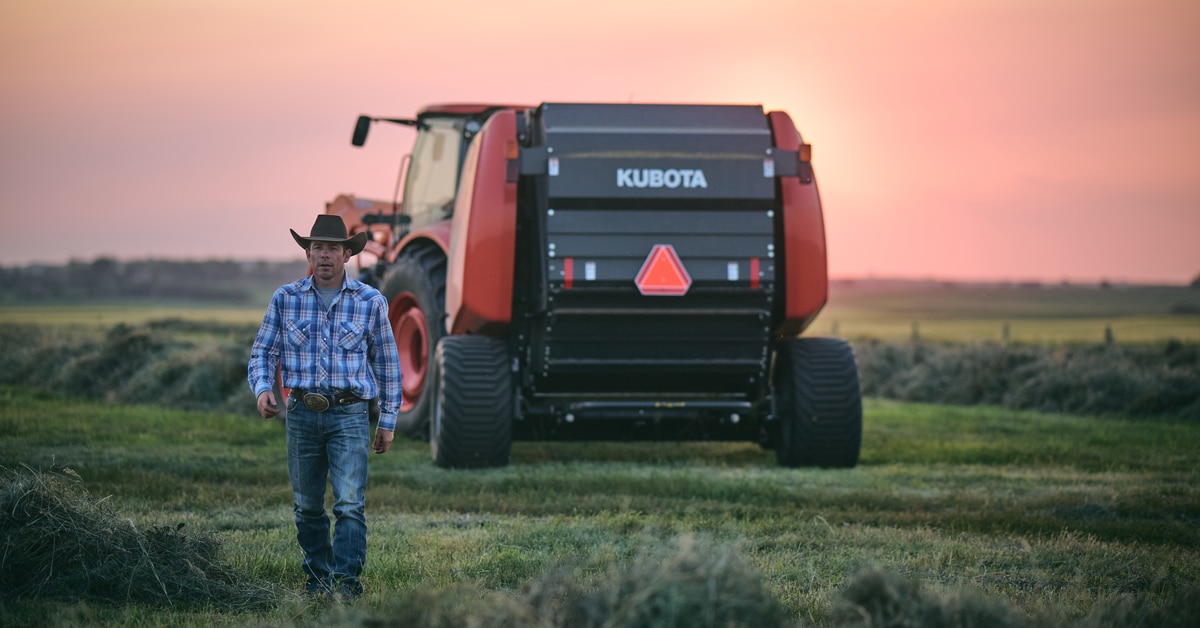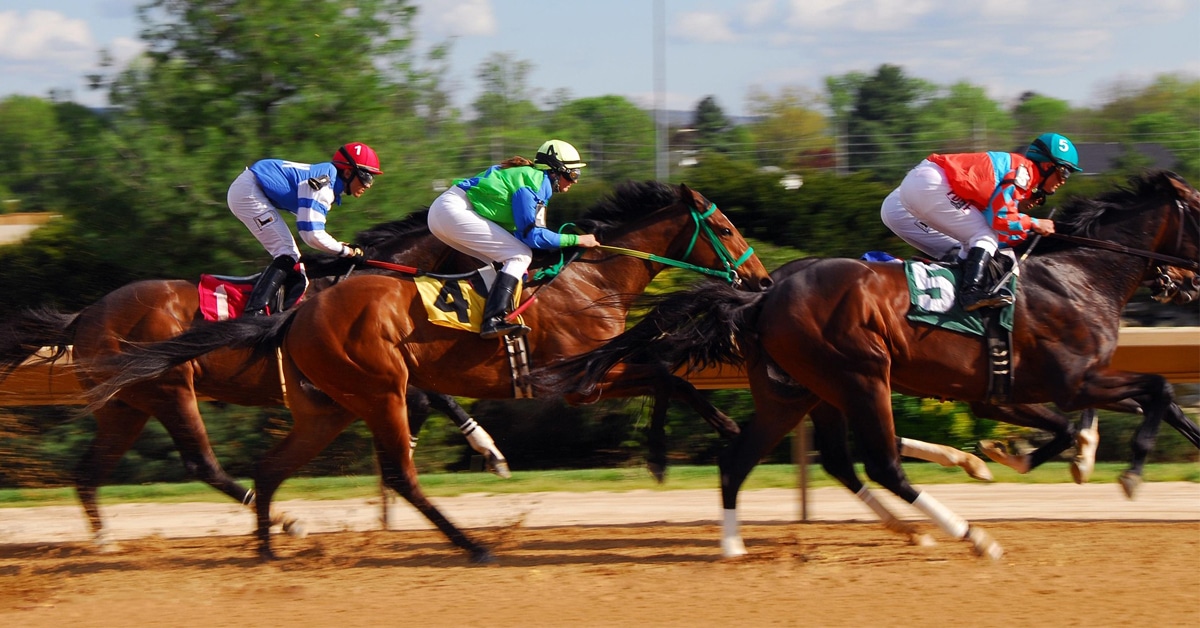A horse’s front and hind legs should be of approximately equal length, with the elbow and stifle the same distance from the ground. They should be free ofabnormal lumps or bumps, although of course it’s normal for an older horse to show a few signs of an active life.
The Front legs
The shoulders should be deep and sloping, about 45° – 50° to the ground. The forearms should be long and muscled, with the elbows well clear of the body. Theknees should be broad and flat. Viewed from the front, the legs should be straight from the point of the shoulder to the middle of the hoof. From the side, you should be able to draw a straight line from the horse’s shoulder to his heel. The pastern / hoof angle should be the same as the shoulder angle, with the pastern neither too short nor too long. Common faults include:
Toed in / pigeon-toed: from the knee down, the legs turn in, often causing faulty movement called paddling or brushing, and straining joints and tendons.
Toed out / splay-footed: from the knee down, the legs turn out, often causing faulty movement called winging, and straining joints and tendons.
Over at the knee: one or both knees are slightly bent, not usually a problem unless extreme, when it may cause the horse to trip.
Back at the knee: one or both knees form a concave line between the forearm and fetlock. This is a serious fault causing tendon strain and even chip fractures in the knee joint.
Long, low pasterns: while they give long, comfortable strides, too-low pasterns cause abnormal strain on tendons and the fetlock joint.
Straight shoulders: often give short strides and jarring action.
Short, straight pasterns: often seen in horses with straight shoulders; contributeto short, jarring action and are prone to conditions causing chronic lameness.
The Hind legs
A horse’s quarters and thighs should be muscular, without overly prominent hips. The stifles should point slightly outward to clear the abdomen when moving. The hocks should be large, and wider at the top than the bottom. From the side, you should be able to draw a straight line from the point of the buttock to the point of the hock and the fetlock, to the ground. The pastern / hoof angle should be slightly higher than in front, between 50° – 55°. Viewed from the rear, the point of the buttocks, the point of the hock, the fetlock and the centre of the heels should be in a straight line, although it’s common to see the hocks slightly inside this line. Faults include:
Cow-hocked: the hocks turn inward toward each other more than what is considered normal.
Toed out: often associated with cow hocks, the hooves turn out at about the same angle that the hocks turn in.
Straight hocks: not enough angle between the stifle joint / thigh and the hock joint / cannon, often causing chronic lameness as the horse ages; common in Thoroughbreds. Sickle hocks: the angle in the hock joint is too closed, bringing the hind leg too far underneath the horse, causing strain on the joint and tendon.
Long, low pasterns: as in front, this causes abnormal strain on the fetlock joint and tendons.
The feet
The front hooves should be round, the hind hooves slightly oval. They should be free from rings which may indicate a history of founder. The heels should be wide, the frog large and rubbery, and the sole slightly concave. Flat soles are sensitive and easily bruised. A club foot has a pastern / hoof angle of more than 60° that may develop chronic lameness more easily than a normal foot.
The Latest
